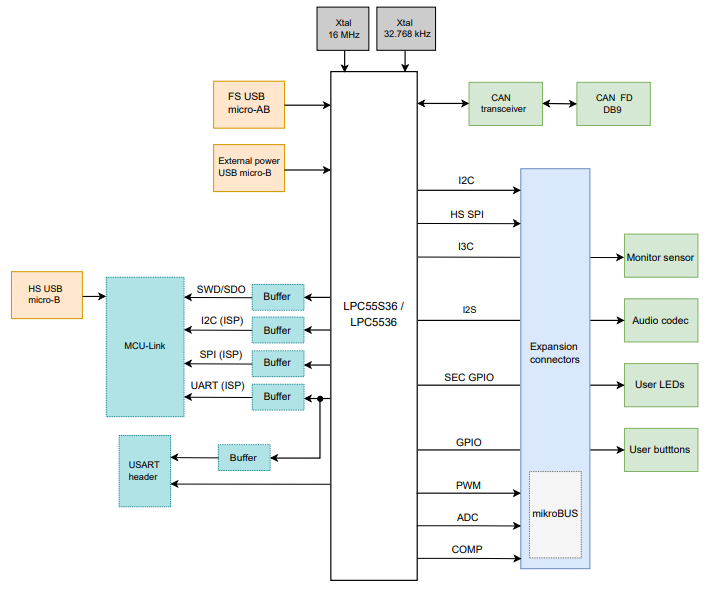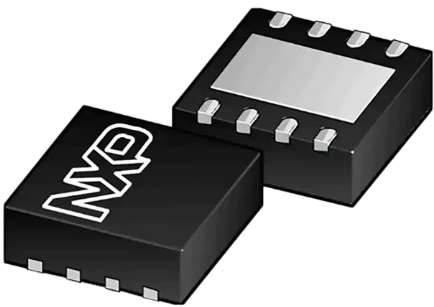NXP Shows First FD-SOI Chips
NXP will ship this year as many as five SoCs made in Samsung’s 28nm fully depleted silicon-on-insulator (FD-SOI) process, including one that has been sampling for six months. Samsung is expected to announce its FD-SOI roadmap in May and is already working on RF and in-house embedded MRAM for it.
An NXP executive showed the first samples of the products at an event here, a key milestone in a long journey for FD-SOI. The next big step is finding an embedded non-volatile memory for the process, given embedded flash is expected to hit limits at 14nm.
A Globalfoundries executive declined to say when it expects to ship the first commercial chip in its 22nm FD-SOI or how many tapeouts it has completed in the process. The company announced its first FD-SOI tapeout last year and said it now has 70 customer engagements.
“Our FD-SOI business is small right now, but it will be mainstream,” said Ryan Lee, a vice president of foundry marketing for Samsung.
One chip designer at the event said his company has been interested in FD-SOI for a long time. It made a test chip at STMicroelectronics but chose to work on commercial designs with Samsung because Globalfoundries was not ready until Sanjay Jha became the foundry’s CEO, after the fabless company made its decision.
NXP described four 64-bit ARMv8 and one 32-bit ARMv7 embedded SoCs under its i.MX brand, three now in production in Samsung’s FD-SOI process. Over the next two years, the family will cover a performance range that scales by a factor of 25, five times more than its planar-based i.MX chips, each design optimized for different performance and power characteristics.
“I don’t think that would be possible without 28nm FD-SOI,” said Geoff Lees, general manager of NXP’s microcontroller group.
A high-end automotive SoC will run up to eight 1080-progressive displays and run without a fan. “It’s operating in conditions that would kill a cellphone,” with three orders of magnitude better reliability, Lees said.
An i.MX 7ULP announced in March includes independent application and real-time domains. It targets a wide range of markets from home automation to wearables.
Long term, Lees said FD-SOI promises better ADCs and lower power radios. For example, he expects single-antenna 802.11n Wi-Fi on the power budget of Zigbee and other 802.15.4 protocols and an ability to take “Bluetooth Low Energy to new record
在线留言询价
- 一周热料
- 紧缺物料秒杀
| 型号 | 品牌 | 询价 |
|---|---|---|
| BD71847AMWV-E2 | ROHM Semiconductor | |
| TL431ACLPR | Texas Instruments | |
| MC33074DR2G | onsemi | |
| RB751G-40T2R | ROHM Semiconductor | |
| CDZVT2R20B | ROHM Semiconductor |
| 型号 | 品牌 | 抢购 |
|---|---|---|
| ESR03EZPJ151 | ROHM Semiconductor | |
| IPZ40N04S5L4R8ATMA1 | Infineon Technologies | |
| BU33JA2MNVX-CTL | ROHM Semiconductor | |
| STM32F429IGT6 | STMicroelectronics | |
| BP3621 | ROHM Semiconductor | |
| TPS63050YFFR | Texas Instruments |
AMEYA360公众号二维码
识别二维码,即可关注




























